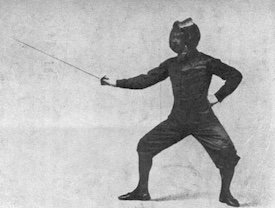So what diameter /radius of wire are you specifically referencing with those exact measurements in mm? You know, since you didn't mention that.Why would I think that when I specifically mentioned the diameter/radius of wire twice?
All the numbers change withthe number of the current so how can you be sure to say its insignificant and irrelevant but dont know the specific effects, havent tested it or know the numbers?Extremely little (insignificantly) with the quality of copper and silver plate. We’re only talking about relatively small amounts of current in an audio signal and Litz cable for example, can make a big difference but for radio freq signals, up to about 1mHz, not for signals in the audible range.
Of course I am, because they’re irrelevant within the range of audible frequencies, audio signal currents and gauge of consumer audio cables.
True, it just means the effect is so small within the audible band of freqs that it’s inaudible and irrelevant.
G
Variables throw a wrench in theories.
Like Mike Tyson says "everyone has a plan till they get punched in the face."


























